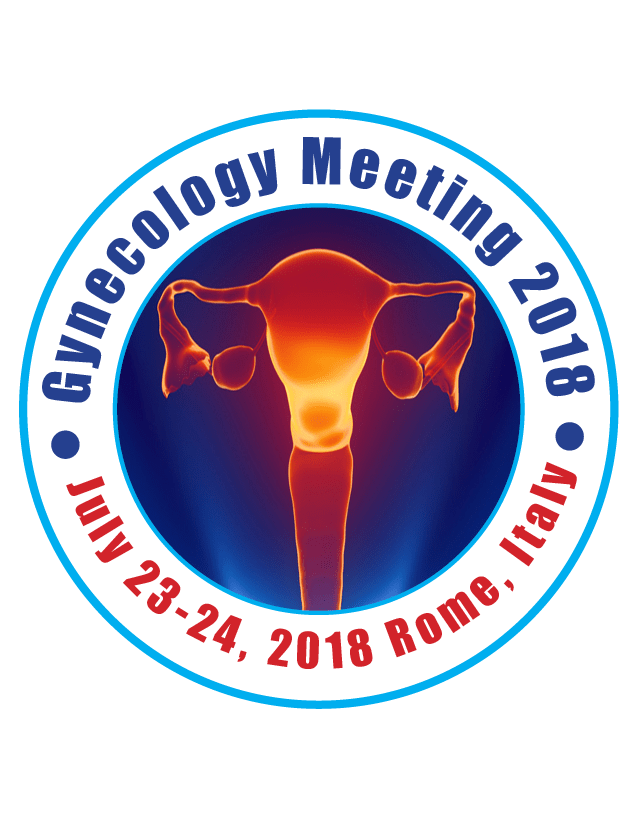Sristee Shrestha Prajapati,
Rajiv Gandhi Cancer Institute, India
Title: Neo Adjuvant Chemotherapy (NACT) followed by radical surgery in Locally Advanced Cancer Cervix (LACC): A retrospective study
Biography
Biography: Sristee Shrestha Prajapati,
Abstract
(RT) in a locally advanced cervical cancer by eliminating of micrometastases and shrinking of the primary tumour bulk to
achieve radical operability. Th e aim of this study is to evaluate the effi cacy of NACT in the patients with locally advanced cancer
cervix (LACC), to determine the percentage of LACC patients who needed adjuvant radiation aft er treatment with NACT and
surgery and to evaluate the disease-free interval (DFI) at two years in these patients aft er this treatment.
Methods & Materials: From 2007 to 2013 a retrospective data collection of women undergoing radical hysterectomy for
cervical cancer FIGO Ib2 to IIb, aft er neo-adjuvant chemotherapy conducted at Rajiv Gandhi Cancer Institute and Research
Centre, New Delhi, India. Th e median age group was 52 years with the range of 30 to 80 years.
Results: Total of 103 women, received NACT, out of which 45 patients received TIP regimen (paclitaxel + ifosphamide +
cisplatin) and 58 received CP regimen (carboplatin + paclitaxel). Out of 103 patients, 5 (4.85%) patients were of adenocarcinoma,
7(6.79%) were of adenosquamous, and rest of 91 (94.1%) were of squamous cell carcinoma. 23 patients were presented with
stage IB2, 4 patients with stage IIA and 76 patients were in stage IIB. On the basis of MRI report and clinical examination,
the clinical effi cacy was evaluated, 28(27.18%) obtained complete response to NACT, 66(64%) obtained partial response, and
6(5.82%) were non-responder to NACT. Furthermore the effi cacy of NACT was measured in terms of optimal pathological
response, 16(15.53%) obtained complete response, 35(33.98%) obtained near complete response, and 52(50.48%) obtained
partial response. Adjuvant treatment was given for adverse factors in histopathology report, such as in 23 patients LVSI was
present, 20 patients had positive pelvic lymph nodes, 2 had parametium involvement, 3 got positive margins, and 35 patients
had more than 50% of stromal involvement. 8 out of 23 (34%) patients in stage IB2, 2 out of 4 patients (50%) in stage IIA, and
17 out of 76 patients (22%) in stage IIB were spared from the adjuvant radiotherapy as received optimal pathological response
to NACT followed by radical surgery. Recurrences were noted in 16(15.53%) patients i.e. 4(3.88%) with local recurrence and
12(11.65%) presented with distant recurrence.
Conclusion: NACT can eff ectively eliminate and downstage the locally advanced cervical cancer so that resectability improves
and increases the chances of wide surgical resection with tumor free margins which otherwise is not possible. With the judicious
use of NACT followed by radical surgery, adjuvant treatment can be avoided in patients with pathological cure, which can be
preserved for later salvage treatment, if recurrence occurs during follow up. Th e results of NACT followed by radical surgery
in LACC patients is encouraging, however, long term follow up and large randomized control trials should be carried out to
make this approach as standard of care within this group of the patients.

